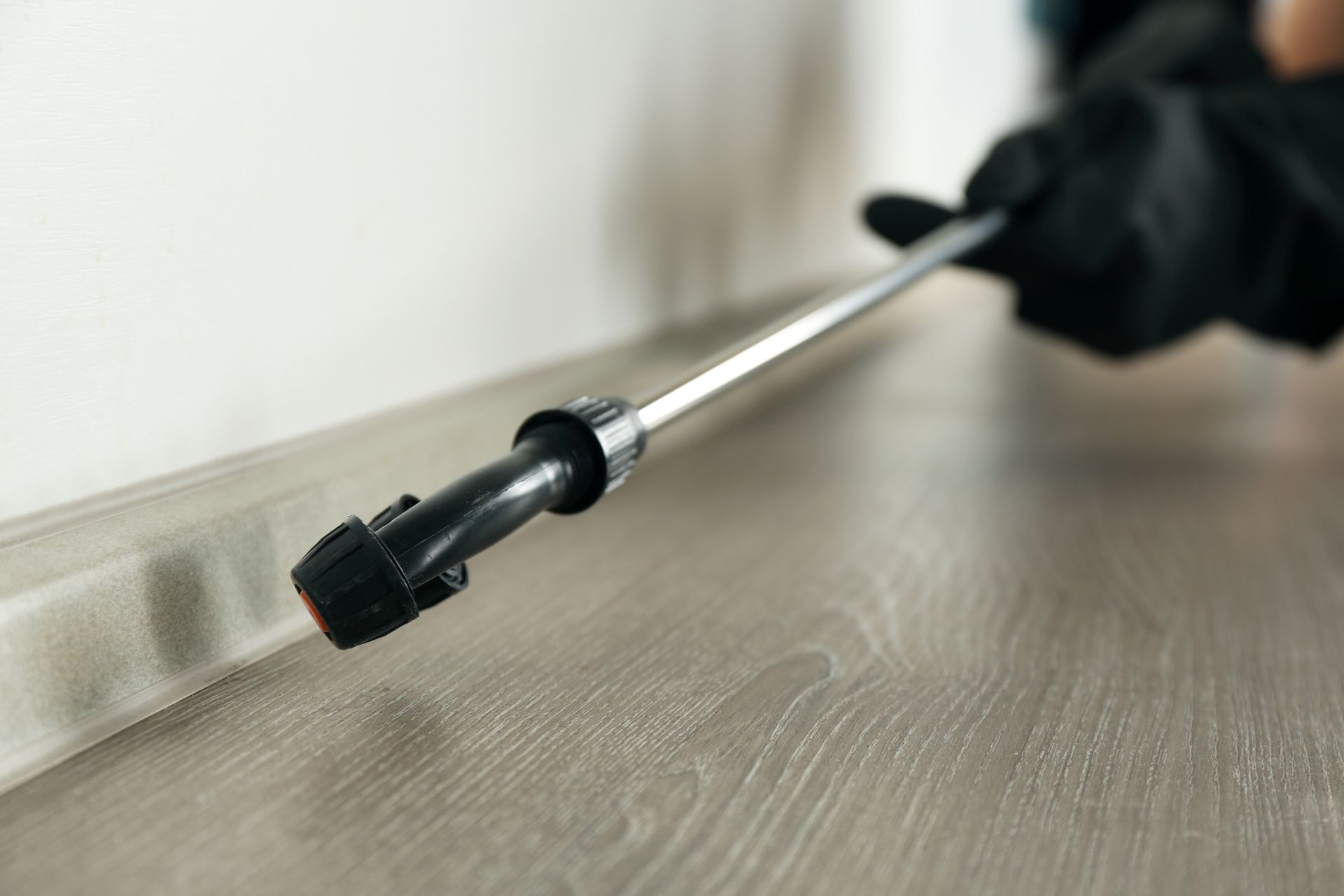5 Ant Species That Infest Minnesota Homes in Summer
1. Carpenter Ants If the ants in your home are the biggest ants you've ever seen, the pests are probably carpenter ants (Camponotus pennsylvanicus). Carpenter ants reach 1/4-inch to 1/2-inch in length and are usually black or a shade of brown. You may notice long yellow or gray hairs on the tops of the carpenter ants.
In warm seasons, carpenter ants often forage inside homes. They feast on meats, grease, and sweet foods. If the carpenter ants find rotting or wet wood in your home, they may tunnel through the wood to make their galleries under your bathroom floor, your roof, or behind walls.
Carpenter ants wreak significant damage to wood structures if not controlled. The main methods of eradication of carpenter ants include applying insecticides directly to their nests.
2. Larger Yellow Ants You can tell you have larger yellow ants (Acanthomyops interjectus) infesting your home if the pests smell like lemons when you crush or bother the ants. Larger yellow ants are yellow to brownish-red, and workers grow to around 3/16-inch long.
Larger yellow ants are active at night. In nature, larger yellow ants nest under stones or logs, but the pests often nest under concrete or home foundations. The ants don't damage masonry, but they can be very hard to control once they’ve established colonies.
The larger yellow ants mate while flying at night above their nests. Eradication of the yellow ant nests includes vacuuming up the pests and spraying the ants while they swarm or mate.
3. Pharaoh Ants Tiny pharaoh ants (Monomorium pharaonis) are often mistaken for other ant species. The ants are 1/16-inch long with pale yellow to red bodies and darker color in their middle sections. Pharaoh ants are extremely fertile and opportunistic ants that nest indoors in hidden nooks where they find moisture and warmth.
Pharaoh ants eat human foods and hygiene products including fatty foods, sugary snacks, soap, and toothpaste. The ants leave behind pheromone trails to show other ants where your food stores are. The ants will infest your food in large numbers if they find food in the same spot twice.
Pharaoh ants are nearly impossible to eradicate from homes without the services of a pest control professional. The difficulty in elimination is due to the way pharaoh ants respond to household sprays and eradication efforts. The pharaoh ants simply move locations and create more nests.
4. Cornfield Ants Cornfield ants (Lasius alienus) are pale to dark brown, but can also be red, black, or a mixture of colors. Cornfield ants range in size from 1/10-inch long to 1/4-inch long and are sometimes mistaken for carpenter ants. If the ants emit a nasty odor when crushed and appear as described above, you have a good chance they're actually cornfield ants.
The cornfield ant also bites. However, the ant bite normally causes only a slight itch or stinging sensation.
Cornfield ants prefer to nest outdoors and construct their nests on exposed ground. Cornfield ant nests often leave craters in lawns or planters as the colonies grow. When the cornfield ant does infest a home, their presence is a sign that you have a moisture issue in your home's wood.
Cornfield ants often take over carpenter ant tunnels and nests located in wood inside the home after the carpenter ants have abandoned their galleries. The cornfield ant infestation in the damaged wood causes further deterioration of rotted wood if you don’t eliminate the cornfield ants from the home.
Experts recommend using bait to eradicate indoor cornfield ants. You can also target the ants with insecticides directly on their nests.
5. Pavement Ants Pavement ants (Tetramorium caespitum) are warring ants that often wrestle each other over territory. The pavement ant only grows to 1/8-inch in length and has a reddish-brown or black body. Furrows line the heads of pavement ants from top to bottom.
Indoors, pavement ants seek out greasy foods and sweets like most other pest ants. The ants often enter homes via nests built under homes with concrete slab foundations. Pavement ants will nest under heated slab foundations throughout winter.
To eliminate pavement ants, pest-control professionals target outdoor nests and places where the pavement ants enter the home. Baits are effective at eliminating pavement ants under concrete slabs, sidewalks, and driveways.
Whether your home has pavement ants or another species of ant, schedule an inspection for your residence by a qualified pest control company. You protect both your food stores and your home's wood framing when you swiftly address any ant infestations in your residence. Have ants invaded your home in the Twin Cities region of Minnesota? Get expert assistance with your ant problems in the Metro area by contacting Paffy's Pest Control right away.















